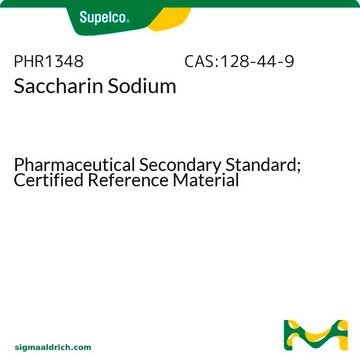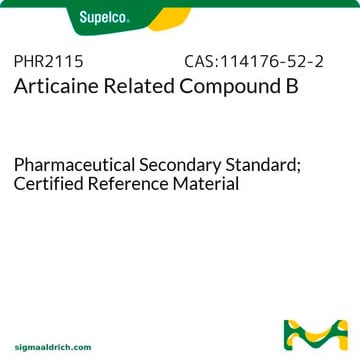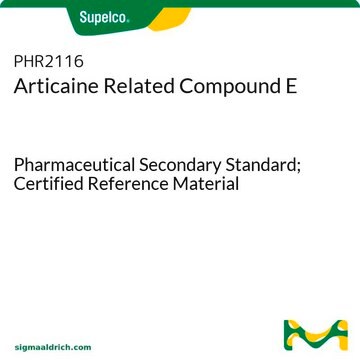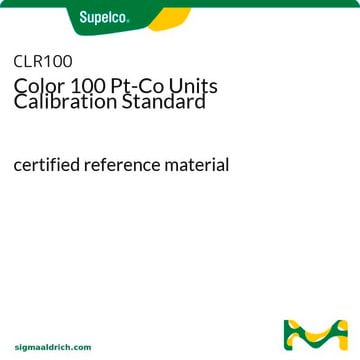W230804
Citronella oil, Chinese 85/35
FG
Synonim(y):
Citronella grass oil, Cymbopogon winterianus
About This Item
Polecane produkty
klasa czystości
FG
Kosher
zgodność regionalna
EU Regulation 1334/2008 & 178/2002
FDA 21 CFR 117
współczynnik refrakcji
n20/D 1.485 (lit.)
tw
222 °C (lit.)
gęstość
0.897 g/mL at 25 °C (lit.)
Zastosowanie
flavors and fragrances
Dokumentacja
see Safety & Documentation for available documents
alergen pokarmowy
no known allergens
Organoleptyczne
lemon
Szukasz podobnych produktów? Odwiedź Przewodnik dotyczący porównywania produktów
Uwaga dotycząca przygotowania
Certyfikaty analizy (CoA)
Poszukaj Certyfikaty analizy (CoA), wpisując numer partii/serii produktów. Numery serii i partii można znaleźć na etykiecie produktu po słowach „seria” lub „partia”.
Masz już ten produkt?
Dokumenty związane z niedawno zakupionymi produktami zostały zamieszczone w Bibliotece dokumentów.
Nasz zespół naukowców ma doświadczenie we wszystkich obszarach badań, w tym w naukach przyrodniczych, materiałoznawstwie, syntezie chemicznej, chromatografii, analityce i wielu innych dziedzinach.
Skontaktuj się z zespołem ds. pomocy technicznej







